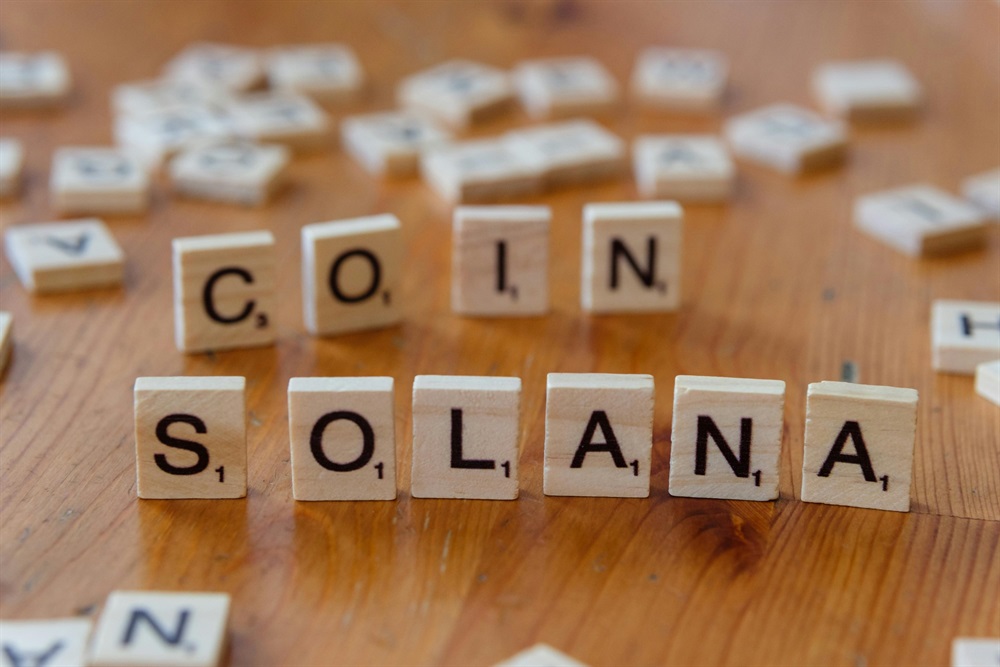What is Solana and How Does It Work?
Two big words you’ve likely heard of over the past few years: blockchain and cryptocurrency. Well, if you know what those mean, then you’ll likely be able to understand what Solana is pretty quickly. However, don’t get it confused. Just because you know about Bitcoin and Ethereum doesn’t mean you’ll know everything there is to know about Solana just yet. These blockchains and cryptocurrencies are surprisingly different.
If you’re a newcomer to this world or if you’re just trying to refresh your knowledge on this topic, then you’re in luck, as you’re about to find out so much about Solana, more than you ever thought possible. So, without further ado, it’s time to hop in.
The Basics of Solana
As with anything, it’s important to start with the basics. This is the foundation of understanding anything. So, at its core, Solana is a blockchain network, much like others you might already be familiar with. It’s designed to support decentralized apps (also known as dApps) and smart contracts, which are essentially pieces of code that run on the blockchain without the need for a middleman.
What makes Solana stand out is its focus on speed and low transaction costs. While other blockchains can get bogged down by heavy use, Solana aims to stay fast and affordable, even as it scales up to support more users and projects. However, the solana price can fluctuate, which is only normal, so you need to keep a close eye on the up and down movements of this currency.
Also, by the way, just to give you the true basics, the native token of the Solana network is called SOL. This token is used to pay transaction fees, run smart contracts and participate in staking, which helps keep the network secure.
What Makes Solana Different?
One of the biggest things that sets Solana apart from other blockchains is its unique approach to processing transactions. Most blockchain platforms rely on mechanisms like Proof of Work or Proof of Stake but Solana introduces something called Proof of History (PoH).
This method doesn’t replace traditional consensus systems but it adds a layer that keeps things moving faster. In simple terms, Proof of History is like a cryptographic time-stamping system. It helps the network agree on the order of events more quickly and efficiently, without waiting for each transaction to be confirmed one by one.
Here’s why that matters:
• It dramatically increases speed. Solana can handle thousands of transactions per second, compared to just a handful on older blockchains.
• It keeps fees low. Because the network is efficient, users don’t have to pay high gas fees to get their transactions through.
• It supports scalability. As more people and projects use Solana, the system can keep up without slowing down.
How Transactions Work on Solana
When you send a transaction on Solana, whether that’s moving tokens, buying an NFT or interacting with a smart contract, it’s recorded on the blockchain just like on other networks. But instead of waiting around for the transaction to get picked up and confirmed in the next block (which can take time), Solana speeds up the process with its time-stamping system. This is what sets it apart.
Finding Solana in the Real World
You might be wondering where Solana actually shows up outside of tech circles. It’s used in a wide range of blockchain-based projects, from decentralized finance (DeFi) apps to marketplaces for digital art and collectibles. Some developers choose Solana because of its low fees and fast processing times, which can be especially important for apps that need real-time responses.
What You Can Do with SOL Tokens
Owning SOL tokens gives you access to the Solana network but it also opens up a few more options. Here are a couple of things you can do with SOL:
• Pay for transactions: Any action you take on the Solana network costs a small fee, which is paid in SOL.
• Staking: You can stake your tokens to help support the network and, in return, earn a small reward. It’s a bit like earning interest on a savings account.
• Trading and swapping: Like other cryptocurrencies, you can trade SOL on various exchanges or swap it for other tokens within decentralized apps.
Why Should You Care About Solana?
Even if you’re not a developer or hardcore crypto enthusiast, there’s still a good reason to keep an eye on Solana. Its speed and low costs make it one of the more user-friendly blockchain platforms out there. If you’re curious about using crypto apps, collecting NFTs or even just exploring decentralized tech, Solana might be one of the smoother ways to get started. However, if you’re not interested in it, that’s fair too but at least knowing about it should help you.
A Few Quick Tips for Getting Started
If you’re interested in trying out Solana for yourself, please choose a wallet that supports SOL, such as a mobile or browser-based wallet, purchase some SOL tokens through a trusted exchange, explore apps and platforms built on Solana to see what kinds of services are available and try small transactions first to get comfortable with how everything works.
You don’t need to be an expert or invest a lot to start learning. Just take it one step at a time and work your way up slowly, that’s the trick.






